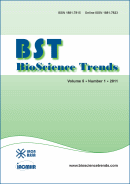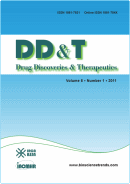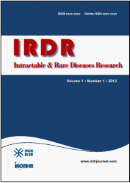BioScience Trends. 2025;19(4):404-409. (DOI: 10.5582/bst.2025.01239)
Chikungunya's global rebound and Asia's growing vulnerability: Implications for integrated vector control and pandemic preparedness
Ni J, Li ZF, Hu XW, Zhou H, Gong ZY
Chikungunya fever is a mosquito-borne disease caused by an RNA virus of the Alphavirus genus and is characterized by fever and severe joint pain. The disease is primarily transmitted by Aedes aegypti and Ae. albopictus mosquitoes. Since its re-emergence in 2005, chikungunya has spread extensively, affecting more than 2.8 billion people across 119 countries worldwide. This article reviews the global epidemiological features of chikungunya, with a focus on its transmission dynamics, the characteristics of the virus and its vectors, as well as the influence of ecological and climatic factors. The article also discusses public health response measures, including the Wolbachia strategy, vaccine development, and integrated vector management. Despite China being a non-epidemic area, imported cases have led to localized outbreaks, prompting the implementation of the 'Four Pests-free Village' initiative to reduce mosquito density and improve public health. Notably, as of July 31, 2025, Guangdong Province in China has reported over 5,158 chikungunya cases and has initiated a Level 3 emergency response in the City of Foshan. In the face of global challenges such as climate change and the spread of invasive species, establishing a normalized rapid response system and enhancing monitoring, early warning, and inter-departmental collaboration are crucial to controlling the spread of mosquito-borne diseases and protecting public health.







